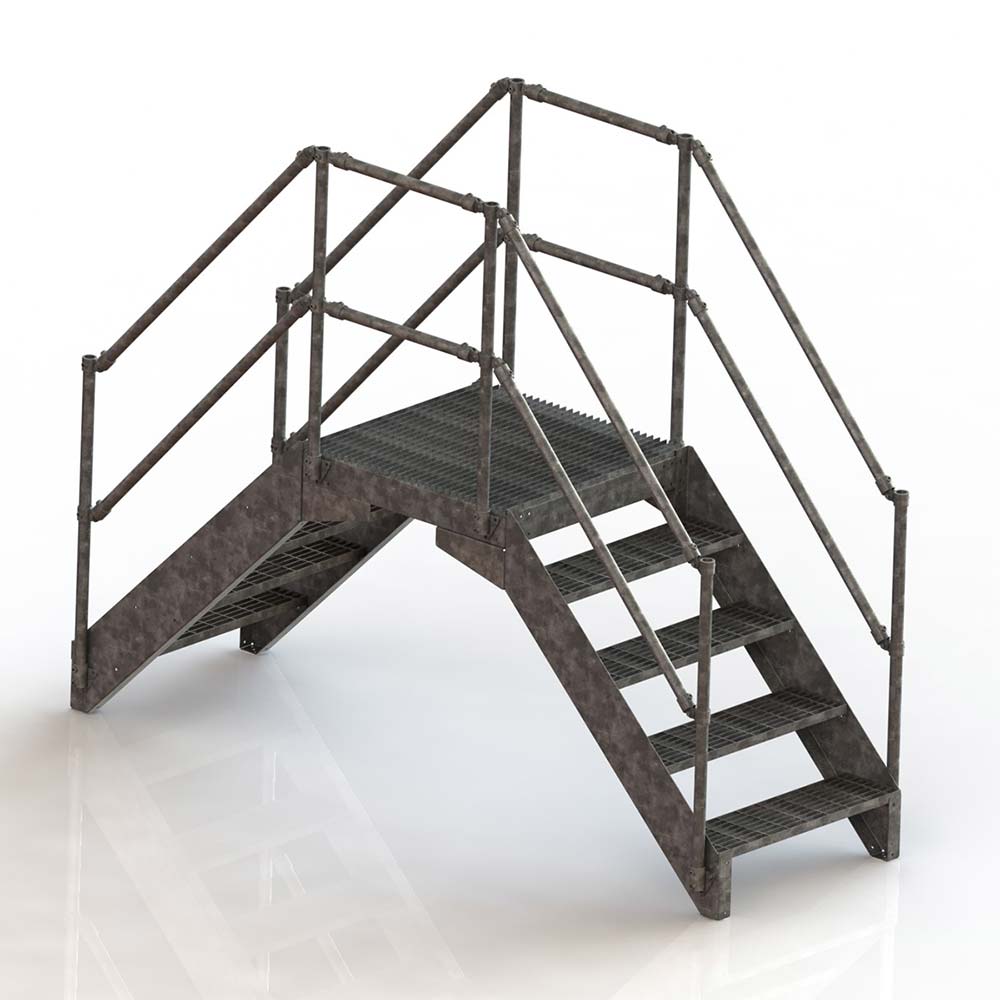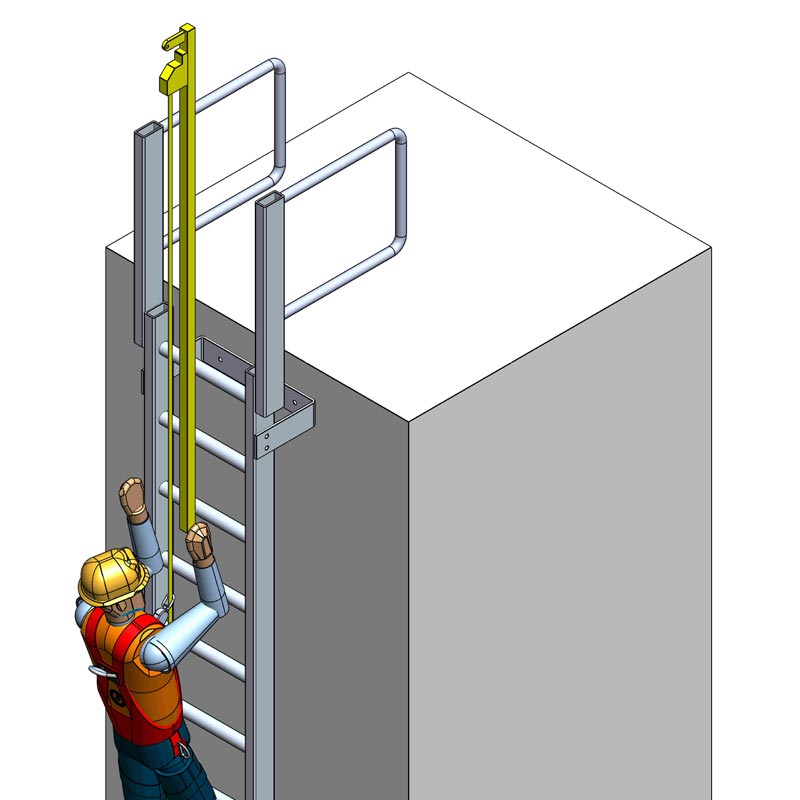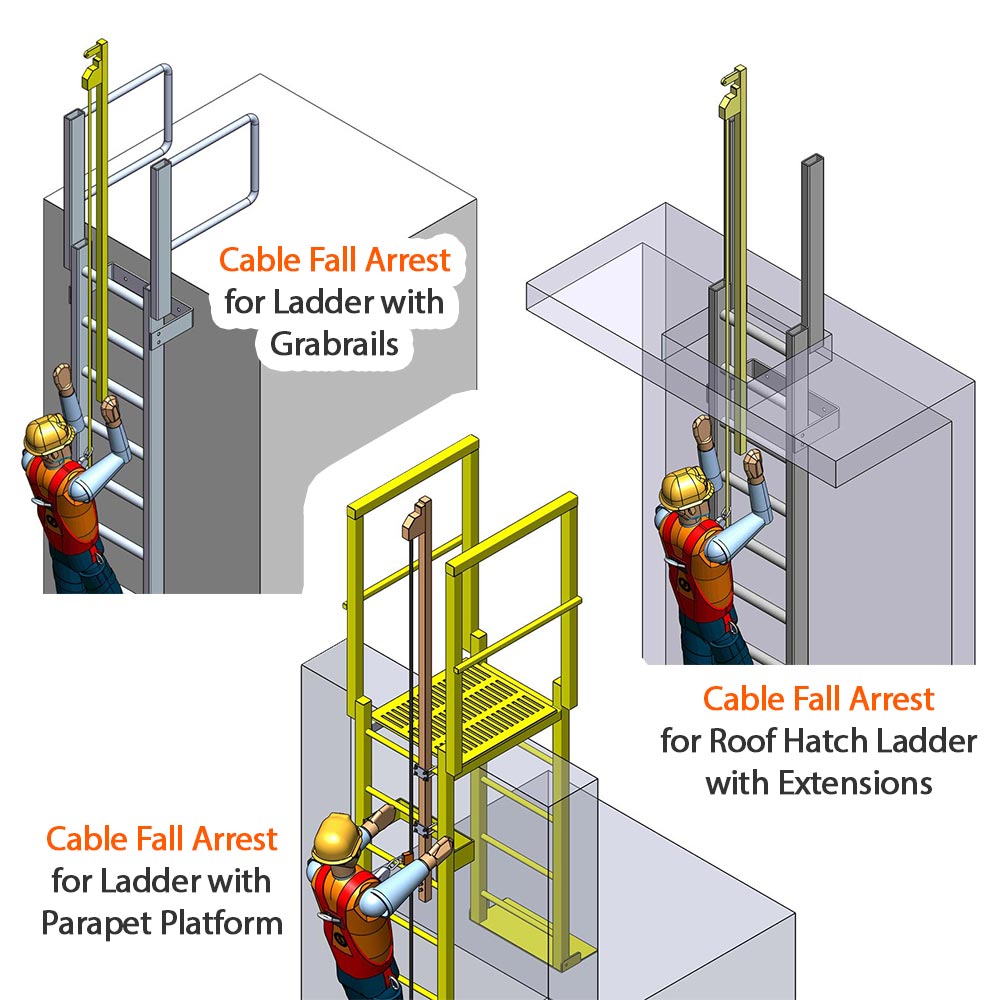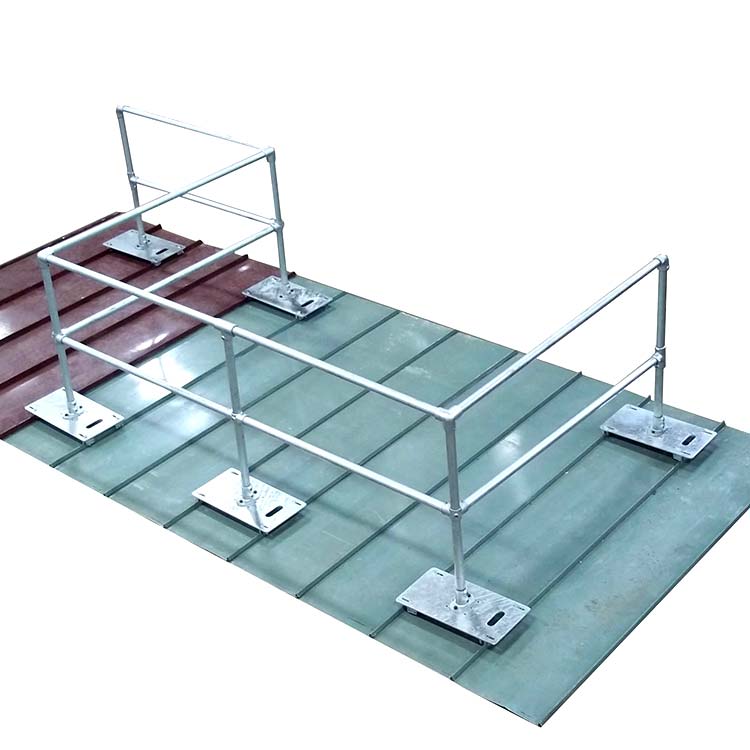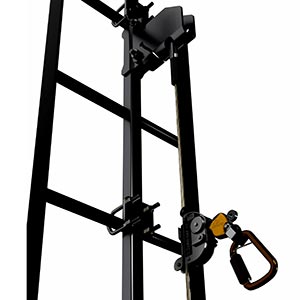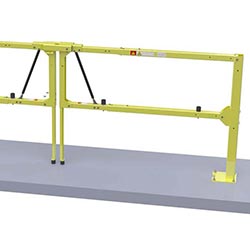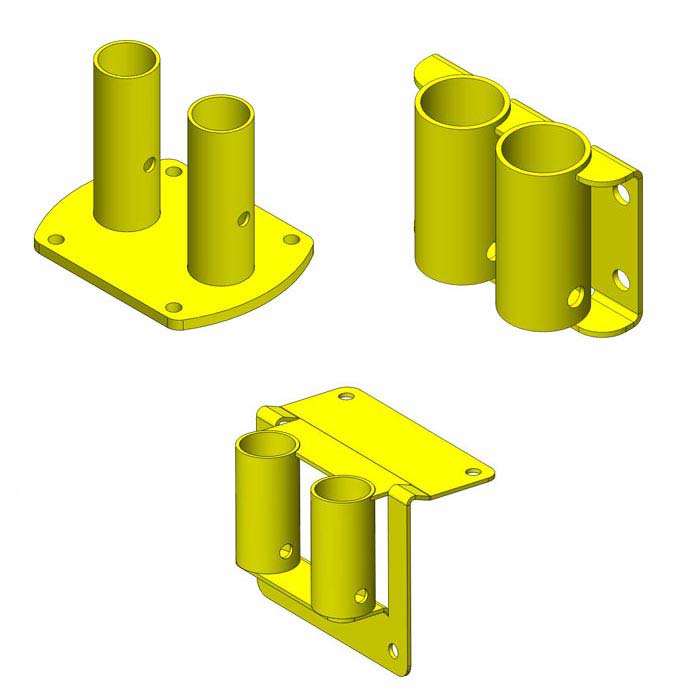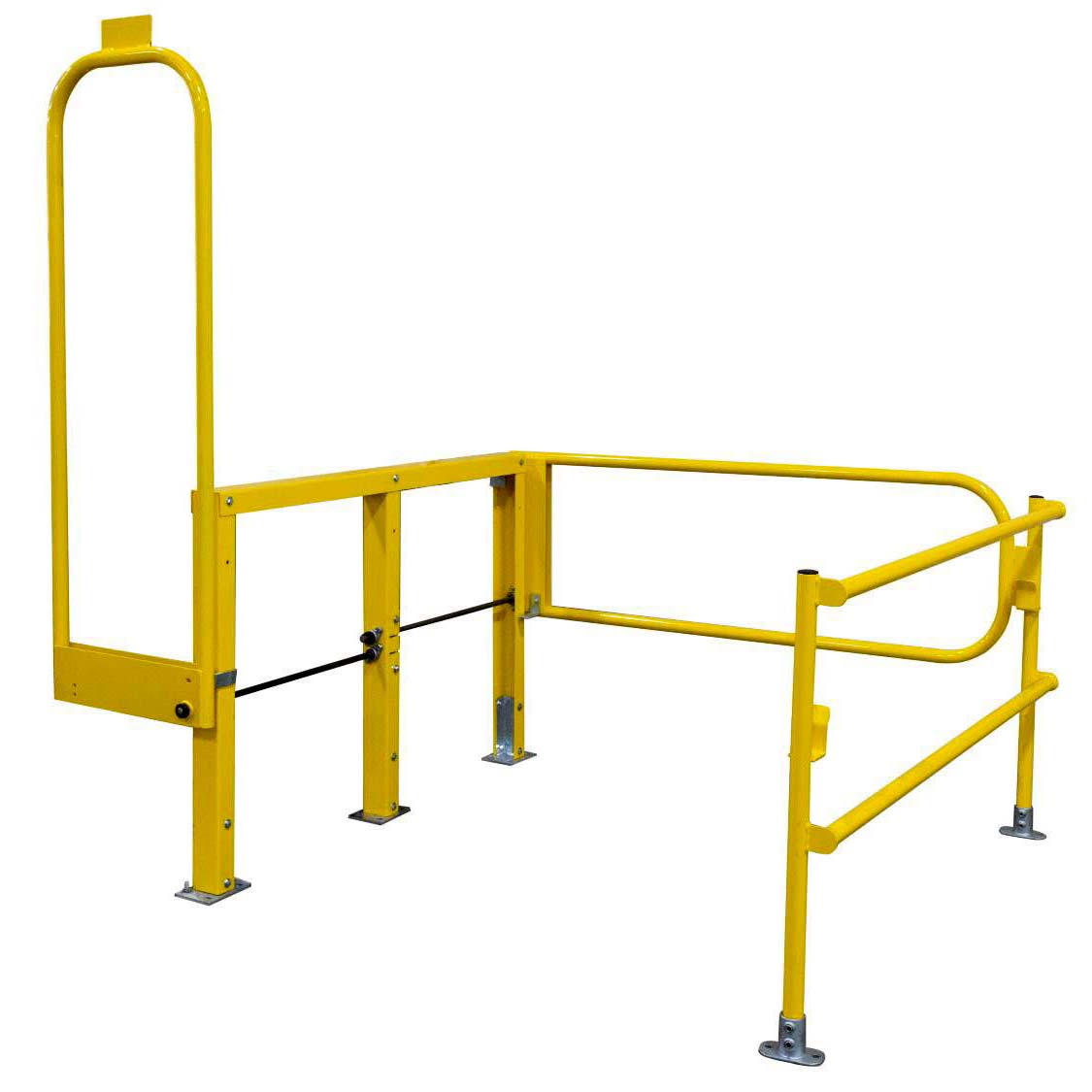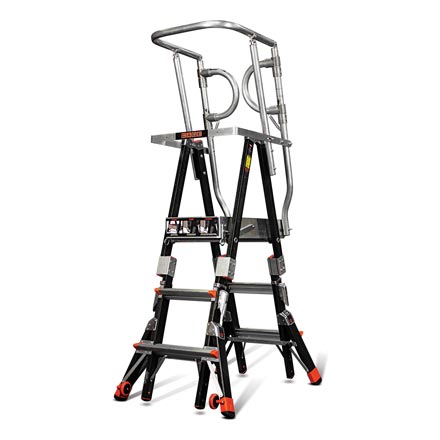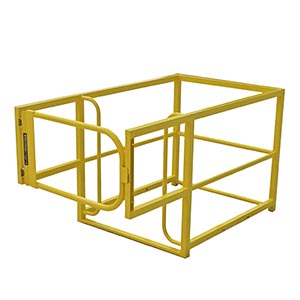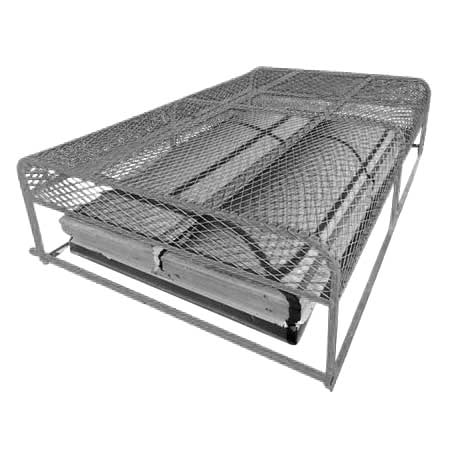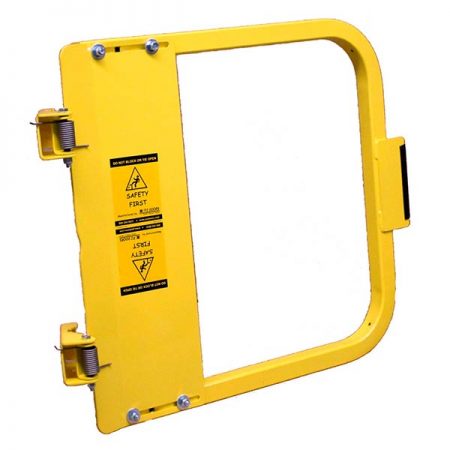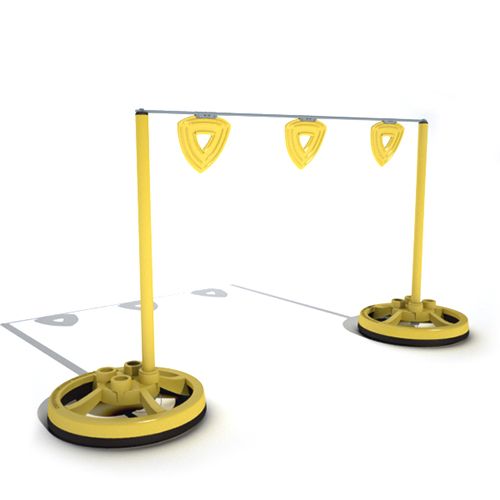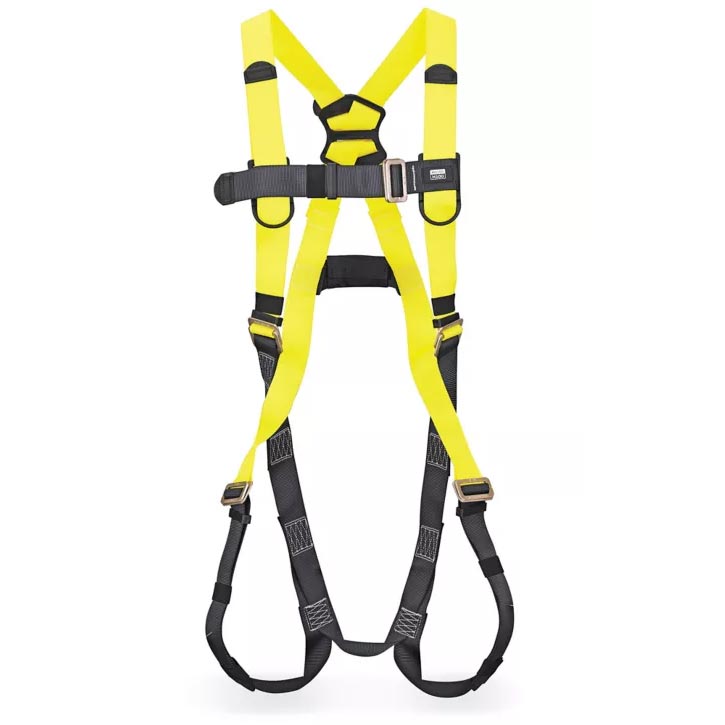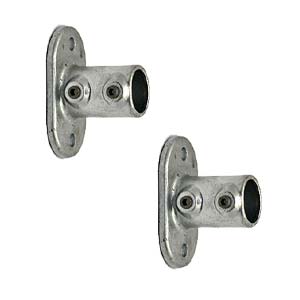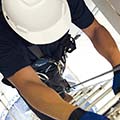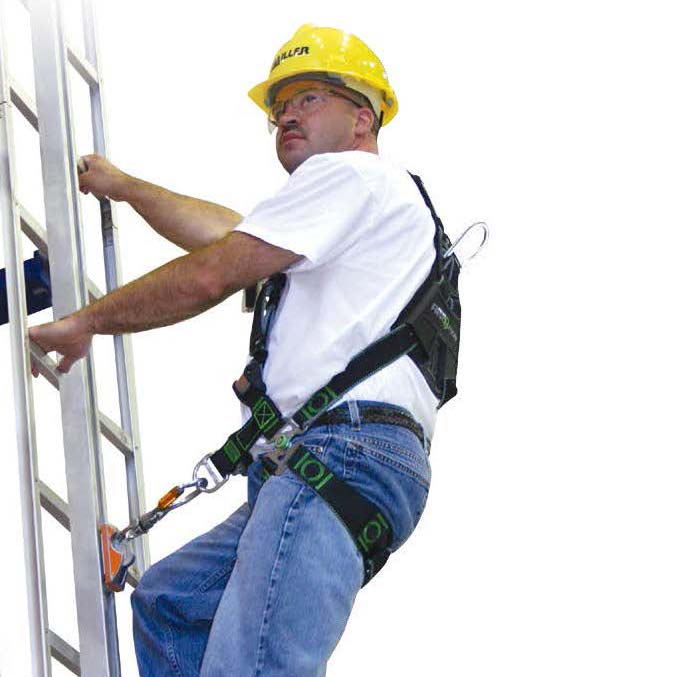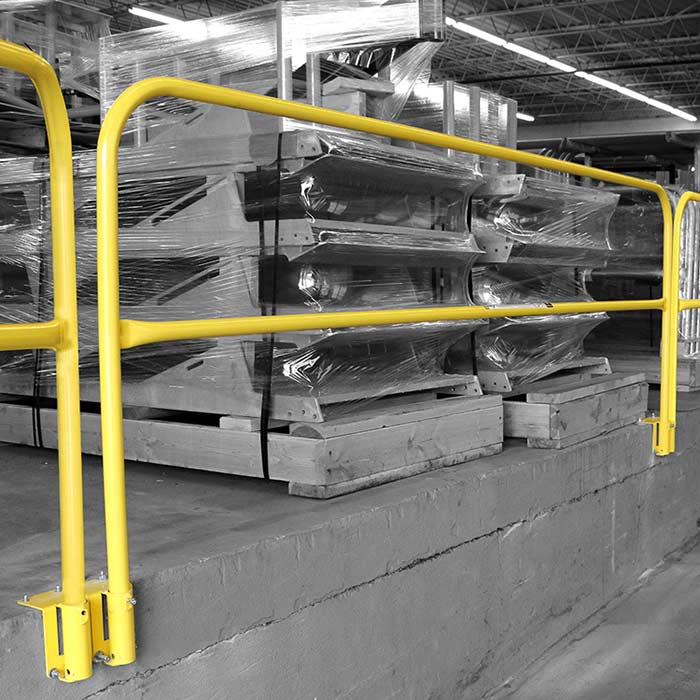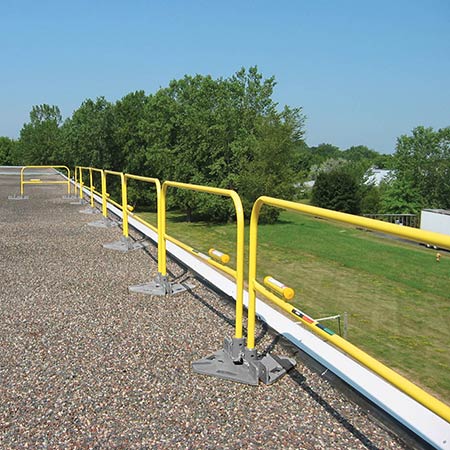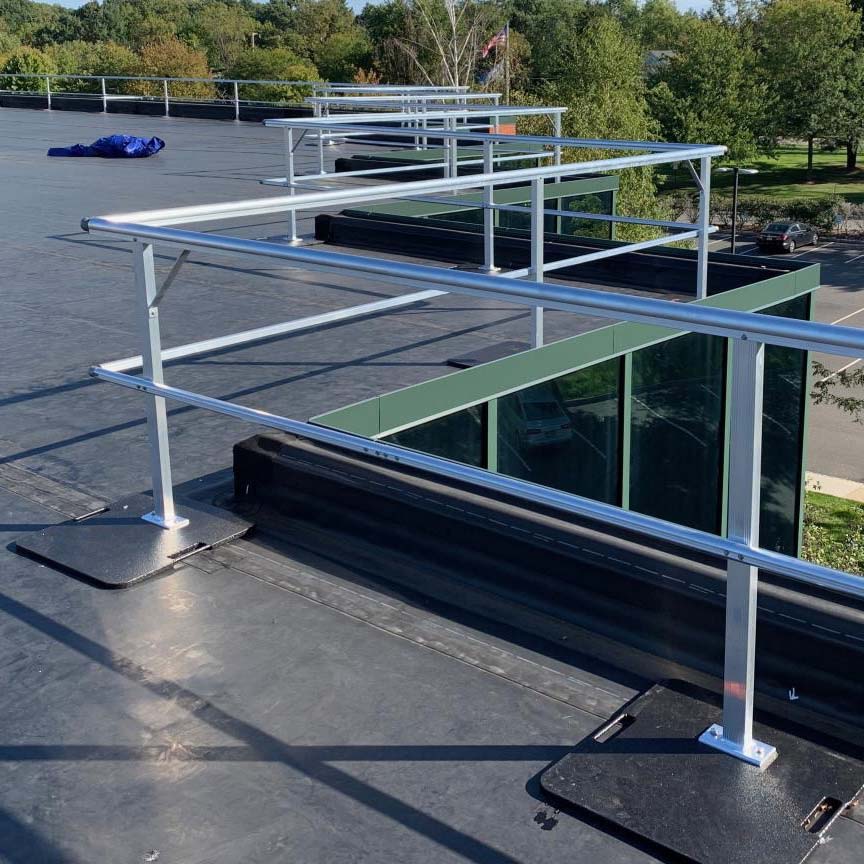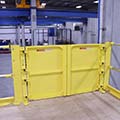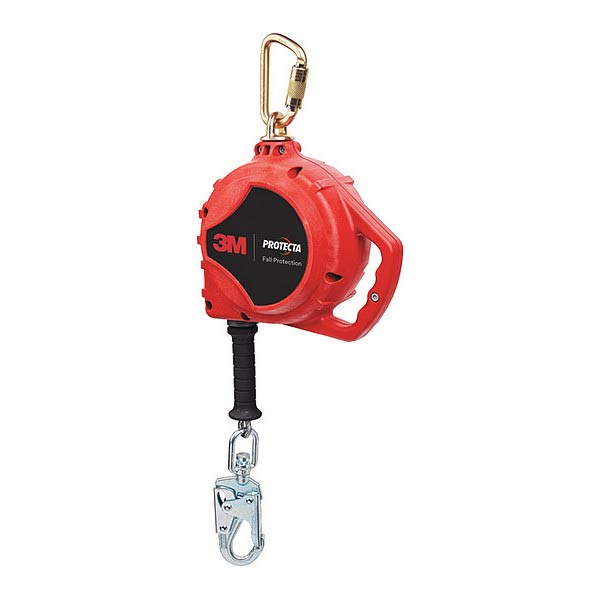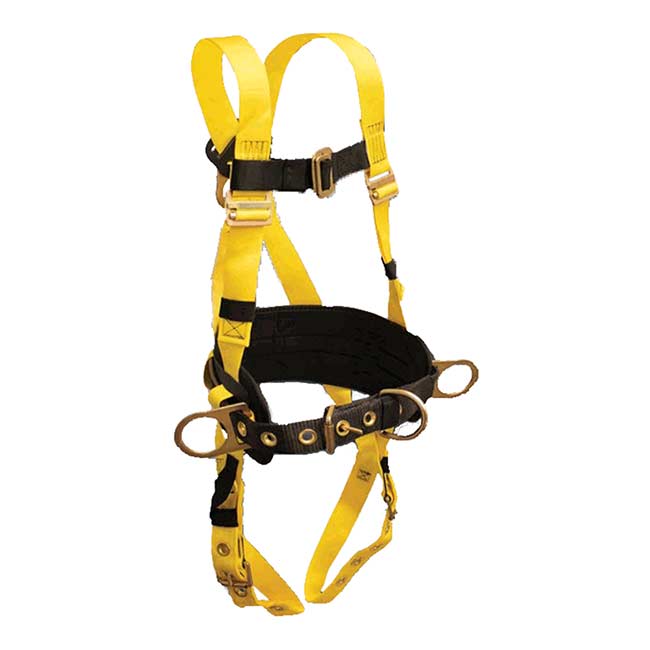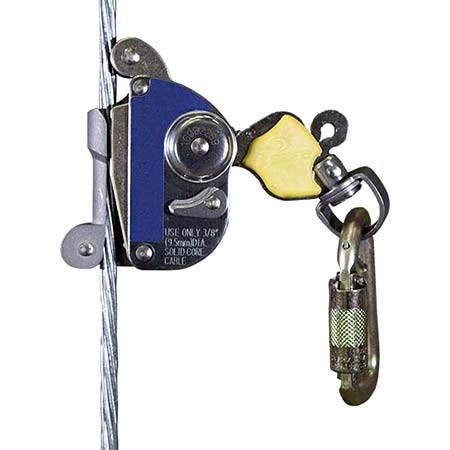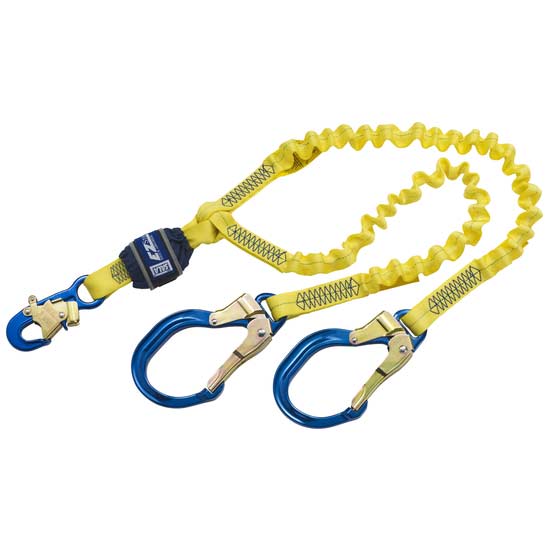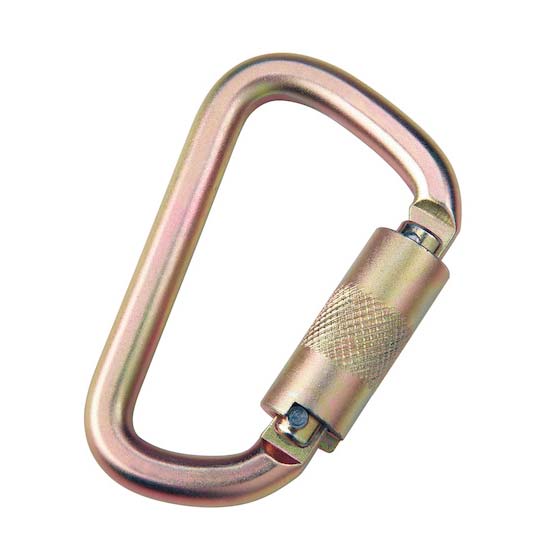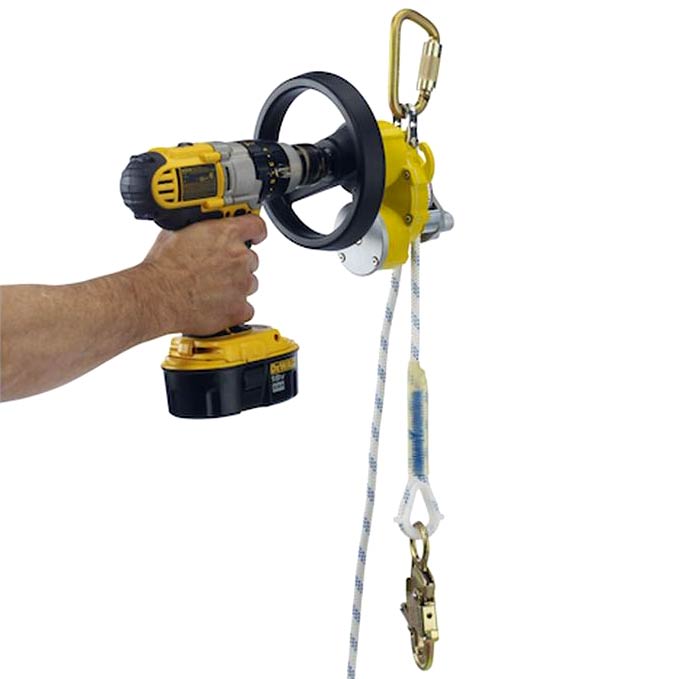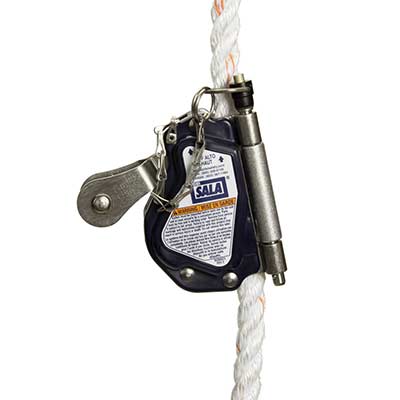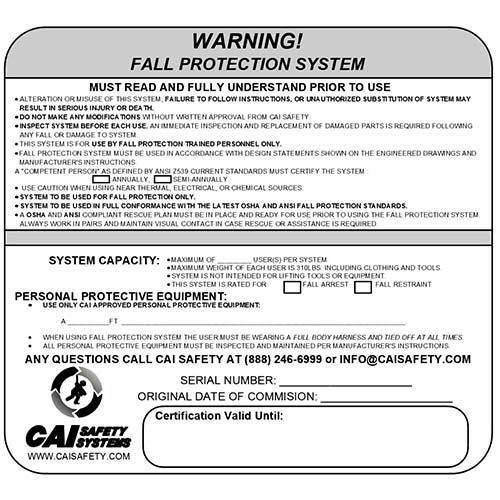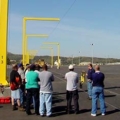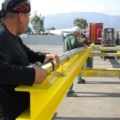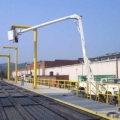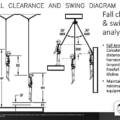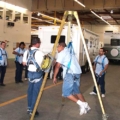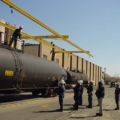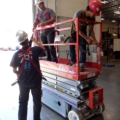ANSI Fall Protection Regulations & Standards
ANSI Fall Protection Regulations & Standards

ANSI Fall Protection consensus standard was originally published in 1992, and was aimed at providing safety requirements for personal fall arrest systems, subsystems and components. One of the most important issues they have brought to the forefront is the elimination of hazards in the fall protection products themselves. And each time ANSI undergoes a revision, they hold the manufacturers of fall protection products to a higher standard. For example, a connector gate face that was previously compliant at 220 lbs. now is held to 3,600 lbs. This ensures employers and employees that they not only have the highest quality products, but, as a result, the safest workplaces.
ANSI Fall Protection also provides standards for workplace training and appropriate methods for developing a fall protection plan. No other country has such a detailed and comprehensive standard that is specific to fall protection.
| Construction and Demolition Operations: Requirements for Safety Belts, Harnesses, Lanyards & Lifelines for Construction and Demolition | A10.14-1991 |
| Ladders – Fixed – Safety Requirements | A14.3-1992 |
| Safety Requirements for Confined Spaces | Z117.1-1989 |
| Safety Requirements for Personal Fall Arrest Systems, Subsystems and Components | Z359.1-1992 |
Our ANSI compliant Fall Protection, Fall Arrest, and Fall Restraint Systems, including our Fall Protection Training & Services, have been designed to provide ease of handling, installation and use without compromising safety.
ANSI Website: https://webstore.ansi.org/safety_standards/default.aspx
1.2.1 This standard addresses only personal fall arrest systems (PFAS) incorporating full body harnesses. Whenever the term “system” is used in the standard if refers to a personal fall arrest system.
3.1.2 When subjected to tests contained in 4.2, a personal fall arrest system in which a full body harness is used shall produce a maximum arrest force (MAF) of not more than 1,800 pounds (8.0kN) and shall bring the fall to a complete stop with a deceleration distance of not more than 42 inches (1,067 mm). In suspension, after the fall is arrested, the angle at rest which the vertical centerline of the test torso makes with the vertical shall not exceed 30 degrees.
3.2.1.4 Snap Hooks and carabiners shall be self closing and self locking and shall be capable of being opened only by at least two consecutive deliberate actions.
3.2.2.4 The harness shall provide support for the body across the lower chest, over the shoulders and around the thighs when a tensile load is applied to the fall arrest attachment elements. The harness, when properly fitted and used, shall prevent fall-out. The fall arrest attachment shall be located at the back (dorsal) position.
3.2.4.7 When energy absorbers are dynamically tested in accordance with 4.3.5.2, the maximum arrest force shall not exceed 900 lbs. (4 kN).
3.2.8.7 Static Strength- When tested in accordance with 4.3.7.3, the SRL shall withstand a tensile load of 3,000 pounds (13.3 kN) statically applied directly to the point of SRL line connection to the SRL drum.
3.2.8.9. Dynamic Performance- When tested in accordance with 4.3.7.1, the SRL shall lock and remain locked until released. The arrest distance shall not exceed 54 inches (1,372 mm). Maximum arrest force shall not exceed 1,800 pounds (8kN).
5.1.2 The legibility and attachment of required markings shall endure for the life of the component, subsystem, or system being marked.
5.3.1 Instructions shall be provided to the user, printed in English, and affixed to the equipment at the time of shipment from the manufacturer.
Strict Conformance Warning – Active & Passive Fall Protection Systems
“!! CAUTION !! This is a fall protection system. The system must be used in strict conformance with the manufacturer’s instructions. You can download the system manuals from the ‘Downloads’ tab on each product page OR provided to you in the proposal and order emails. Failure to do so may result in serious injury or death.
In the case of tie-off systems (active systems), do not use or operate this system unless you are properly trained. You are also encouraged to contact us in case of any questions.“
If perimeter platforms cannot be used, active systems can be installed, requiring the workers to don harnesses and connect to an overhead system. Active fall protection system options consist of fixed-point anchors, horizontal lifelines and conventional beam and trolley systems each attached to the existing overhead structure.
It is crucial that the authorized person/user of this equipment read and understand these instructions. In addition, federal law requires employers to ensure that all users are trained in the proper installation, use, inspection, and maintenance of fall protection equipment. Fall protection training should be an integral part of a comprehensive safety program.
Proper use of fall arrest systems can save lives and reduce the potential of serious injuries from a fall. The user must be aware that forces experienced during the arrest of a fall or prolonged suspension may cause bodily injury. Consult a physician if there is any question about the user’s ability to use this product. Pregnant women and minor children must not use this product.
According to OSHA, all workers exposed to falls should be trained by a competent person to recognize fall hazards and to be familiar with available control methods and equipment.
Questions? Contact us at (888) 246-6999 or email us at info@caisafety.com






























